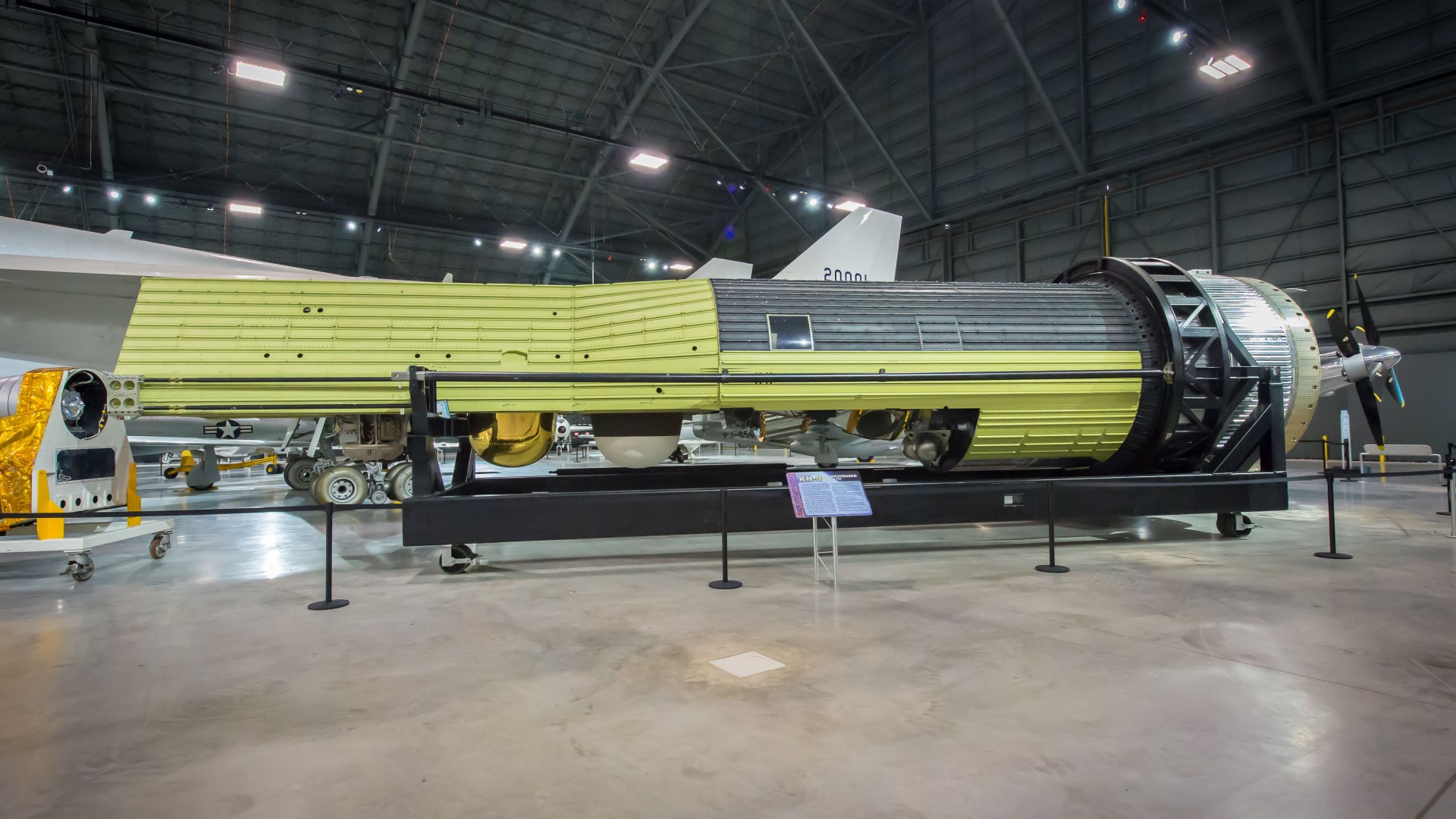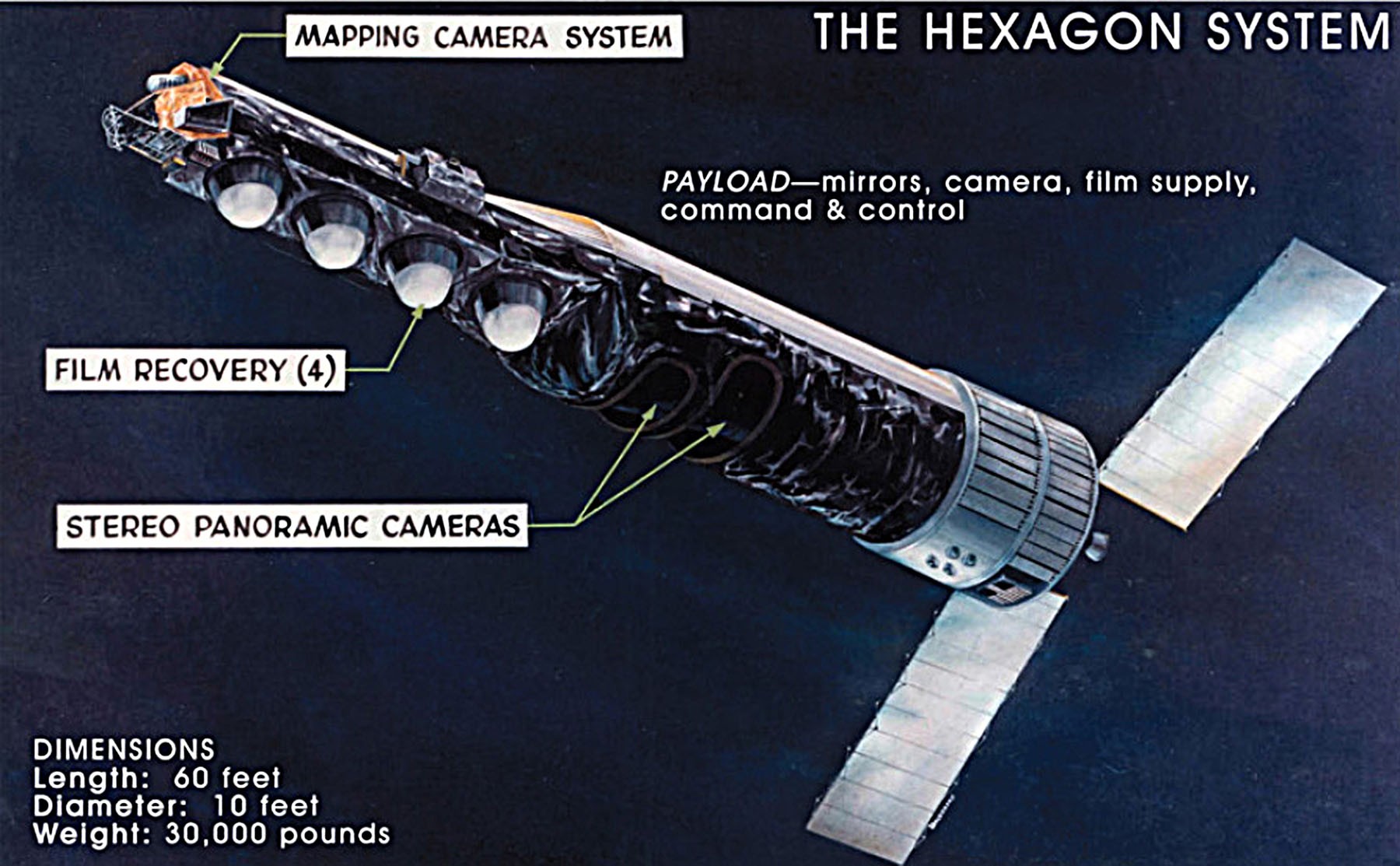
After 25 years of drifting undetected in space, an experimental satellite that launched in 1974 has been found using tracking data from the U.S. Space Force.
The Infra-Red Calibration Balloon (S73-7) satellite started its journey into the great unknown after launching on April 10, 1974 through the United States Air Force's Space Test Program. It was originally contained in what was called "The Hexagon System" in which S73-7, the smaller satellite, was deployed from the larger KH-9 Hexagon once in space. S73-7 measured 26 inches wide (66 centimeters) and began its life heading into a 500 mile (800 kilometers) circular orbit.
While in orbit, the original plan was for S73-7 to inflate and take on the role as a calibration target for remote sensing equipment. After this failed to be achieved during deployment, the satellite faded away into the abyss and joined the graveyard of unwanted space junk until it was rediscovered in April.
In an interview with Gizmodo, Jonathan McDowell, an astrophysicist from the Harvard-Smithsonian Center for Astrophysics, shared he had studied the data archives and discovered that before the recent finding, it had gone off the grid from radar not once but twice — once in the 1970s and then again in the 1990s.
Related: Wow! Private space-junk probe snaps historic photo of discarded rocket in orbit
The S73-7 satellite has been rediscovered after being untracked for 25 years. New TLEs for object 7244 started appearing on Apr 25. Congrats to whichever @18thSDS analyst made the identification. pic.twitter.com/YJOow5o4NDApril 29, 2024
"The problem is that it possibly has a very low radar cross section," McDowell told Gizmodo in a phone interview. "And maybe the thing that they're tracking is a dispenser or a piece of the balloon that didn't deploy right, so it's not metal and doesn't show up well on radar."
It's not an easy task to know the location and identity of every single object that's in orbit as there are more than 20,000 at the moment. By using ground-based radar as well as optical sensors, space junk can be tracked and when appropriate put into a satellite catalogue, but determining exactly what each item is has challenges. The sensors can pick up on an object in orbit but then it has to be matched with a satellite that's also on the same path.
"If you've got a recent orbital data set, and there's not too many things that are similar orbit, it's probably an easy match," McDowell said. "But if it's a very crowded bit of parameter space, and you haven't seen it for a while, then it's not so easy to match up."

Post launch, ground engineers have a good idea of where a satellite is headed and the altitude it's expected to drift to. With this information in the log, they can take a look back at the progression and compare it to where the satellite was last reported. However, to throw a wrench into that, if there's are any alteration to the original maneuvering plans or if a satellite drifts in orbit, engineers have more work to do to find it again.
"If you don't know exactly where the maneuver was, you may have trouble locating it," McDowell said. "If I rewind the orbit of an object and fast forward for the missing object, do they meet and is the point where they meet where the maneuver happened?"
That's why a discovery like this is a win for the men and women trying to keep track of the tens of thousands of lost satellites and other debris orbiting our planet. But as more and more satellites head into space, the task will become even greater to know what exactly is out there and what threats that could pose.
"If you're missing one or two objects, that's not a huge risk," McDowell told Gizmodo. "But you want to do as good a job as you can."







